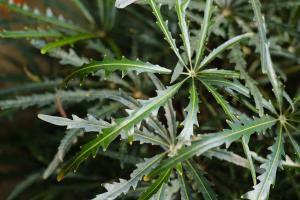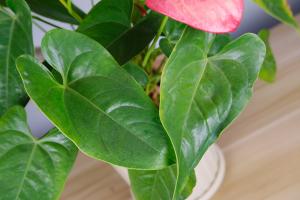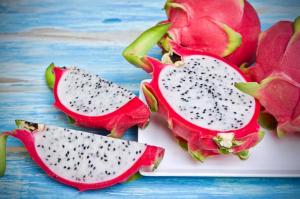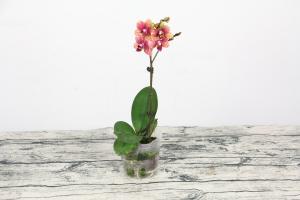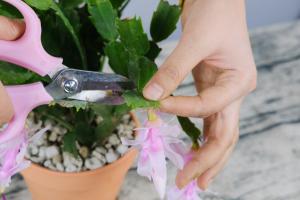Introduction
Celosia plant, also known as cockscomb due to its unique shape, is a flowering plant that belongs to the amaranth family. It is an annual plant that is native to tropical regions of Africa, Asia, and South America. Celosia plant comes in a variety of colors including red, orange, yellow, pink, and white.
Appearance
The most distinctive feature of celosia plant is its flowers that resemble a rooster's comb or a brain. These flowers can either be feathery or have a velvety texture. The plant grows to a height of about 15-30 inches depending on the species, and has thick stems that are either green or reddish in color. The leaves of celosia plant are generally narrow and can be either green or purple.
Cultivation
Celosia plant thrives in warm temperatures and requires full sunlight for optimum growth. The soil should be well-draining and moist at all times to prevent drying out. Celosia can be grown from seeds or cuttings. Seeds should be sown indoors about 6-8 weeks before the last frost date or directly in the garden after the risk of frost has passed. Cuttings can be taken from mature plants and rooted to form new plants.
Uses
Celosia plant is commonly used for ornamental purposes due to its vibrant colors and unique shape. It is often grown in flower beds, pots, or hanging baskets. The flowers are also used in floral arrangements and as a cut flower. Some varieties of celosia plant are edible and are used as a leafy vegetable in some parts of the world. The plant has also been used for medicinal purposes in traditional medicine to treat ailments such as diarrhea, inflammation, and fever.
Care
Celosia plant requires regular watering to keep the soil moist especially during hot weather. It is important to avoid wetting the leaves as this can cause fungal diseases. Remove any dead or damaged leaves or flowers to maintain the plant's appearance and to improve air circulation. Fertilize celosia every few weeks with a balanced fertilizer to encourage growth and blooming.
Pests and Diseases
Celosia plant is generally resistant to pests and diseases. However, it is susceptible to fungal diseases such as powdery mildew and root rot if the soil is consistently moist. Aphids and spider mites can also infest the plant especially in hot, dry weather. Insecticidal soap or a mild solution of dish detergent and water can be used to control these pests.
Conclusion
In conclusion, celosia plant is a beautiful and versatile plant that can be used for ornamental and culinary purposes. With proper care and maintenance, it can thrive in the garden or in pots to add color and character to any space.

 how many times do yo...
how many times do yo... how many planted tre...
how many planted tre... how many pine trees ...
how many pine trees ... how many pecan trees...
how many pecan trees... how many plants comp...
how many plants comp... how many plants can ...
how many plants can ... how many plants and ...
how many plants and ... how many pepper plan...
how many pepper plan...